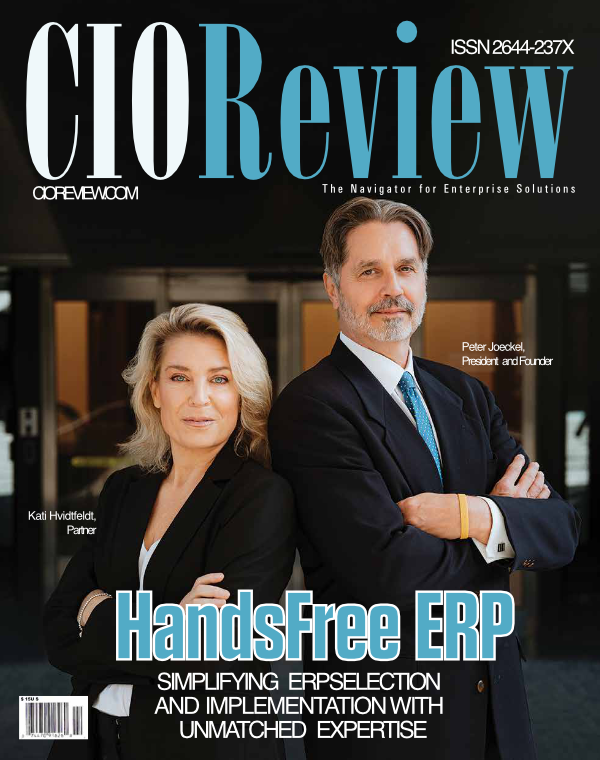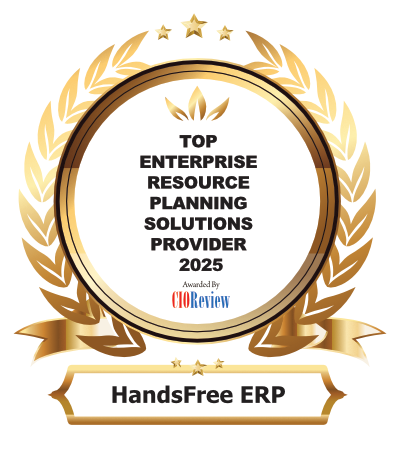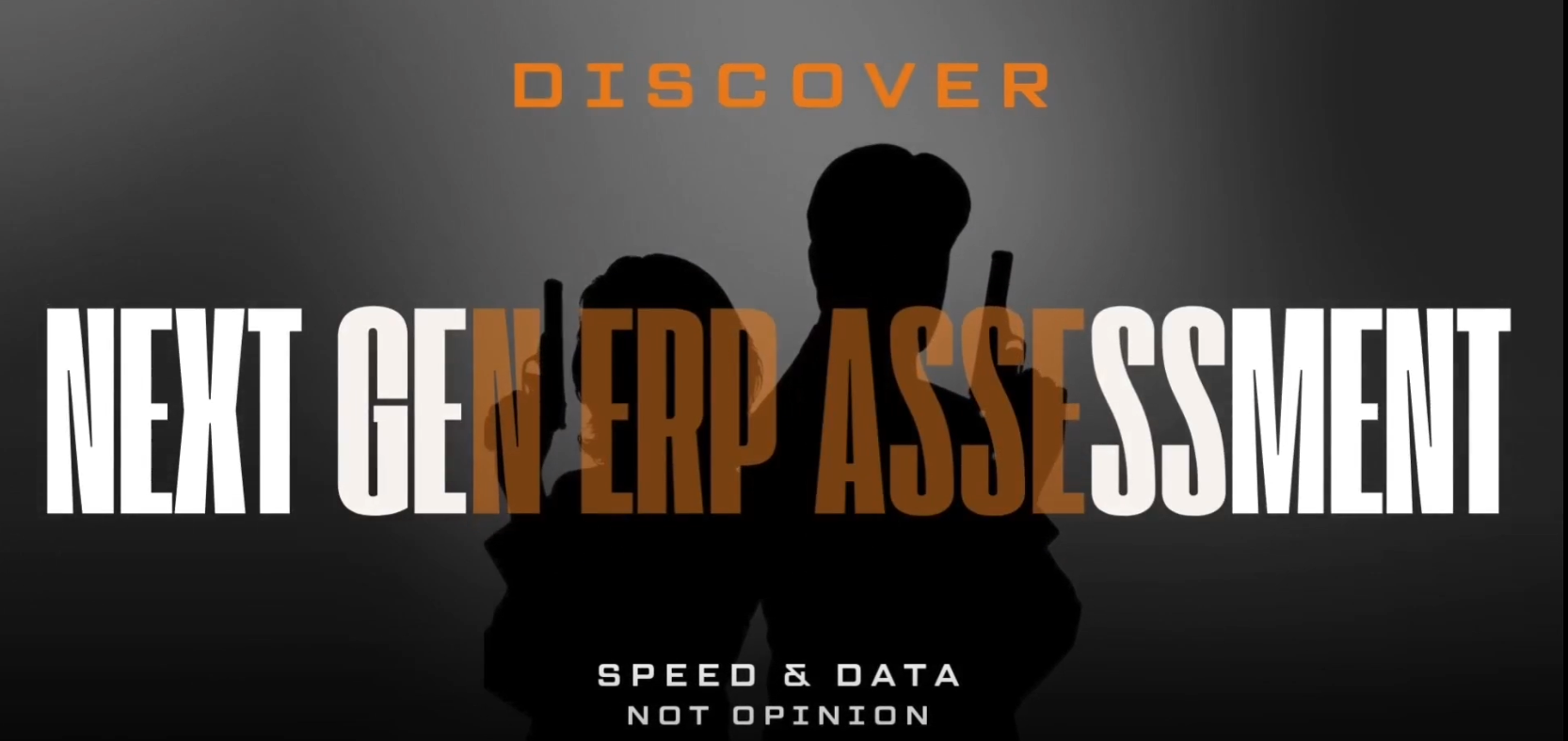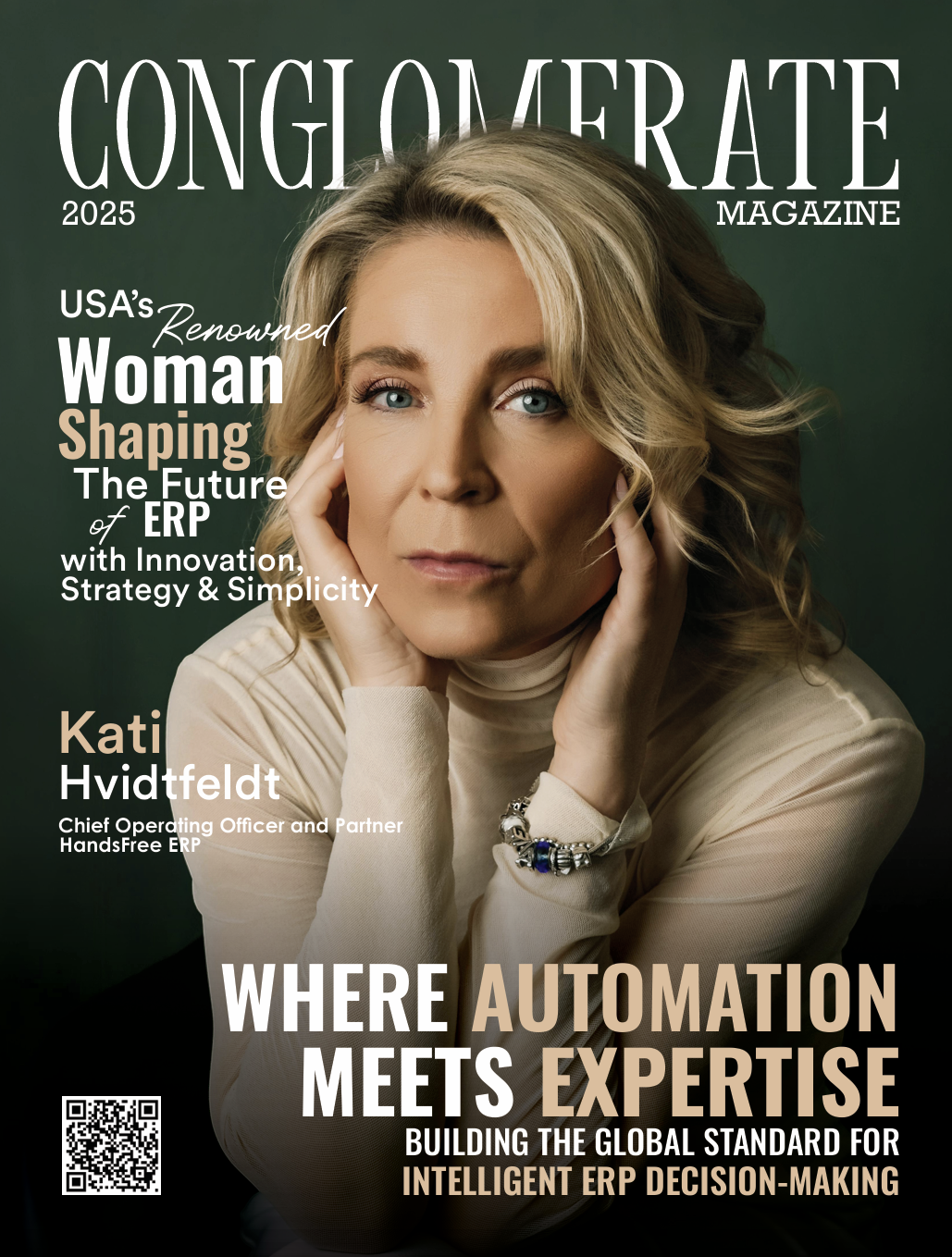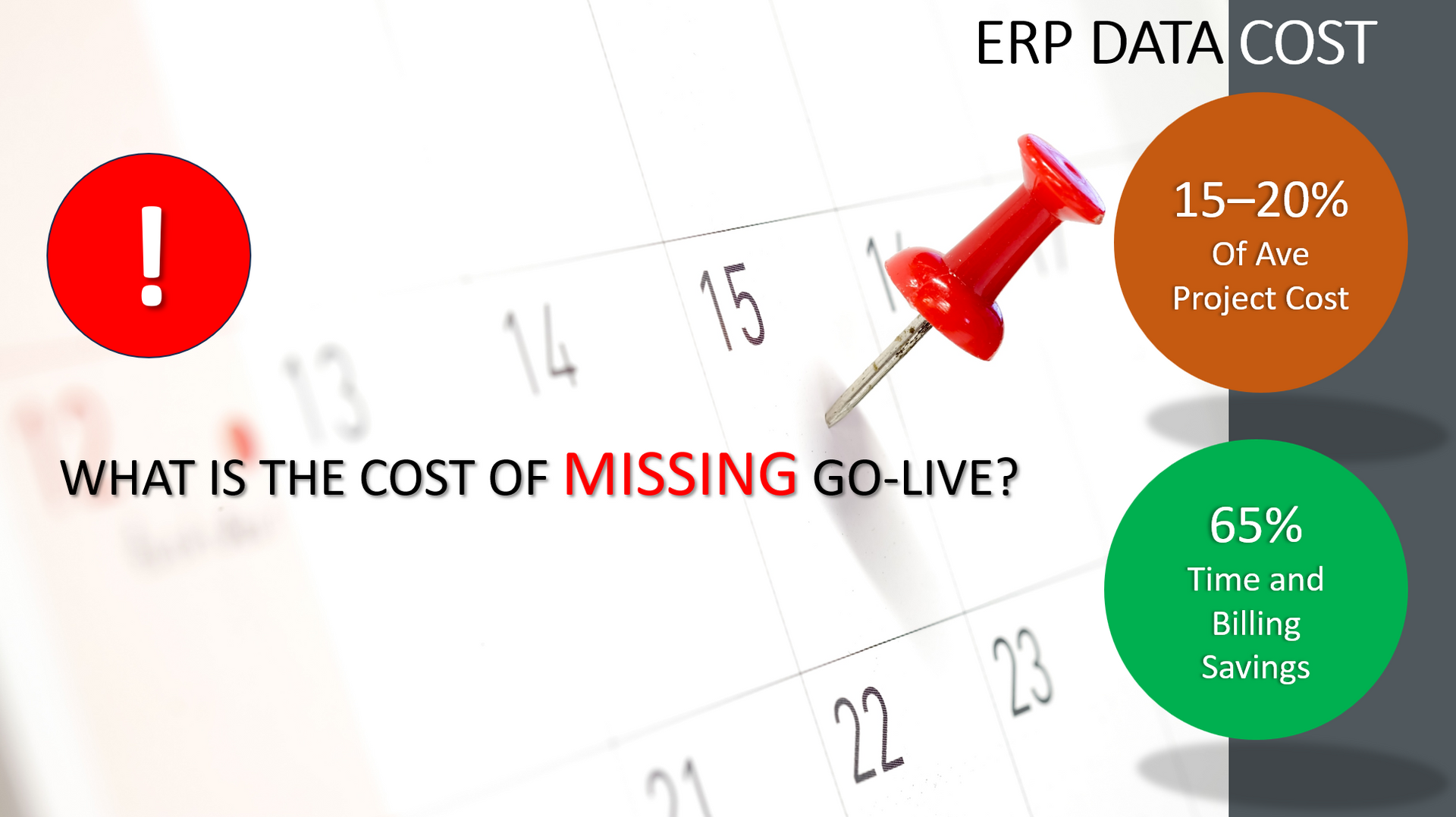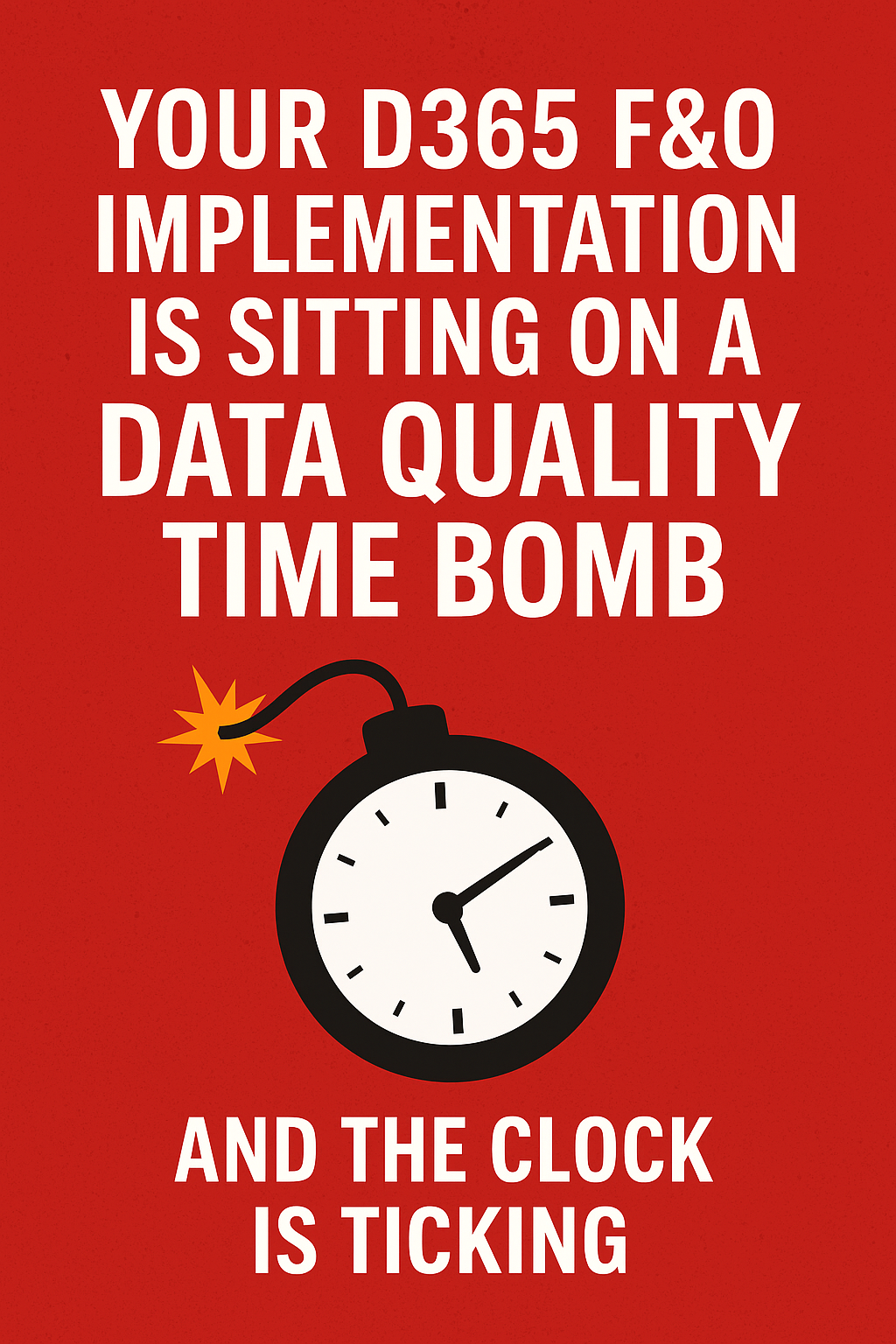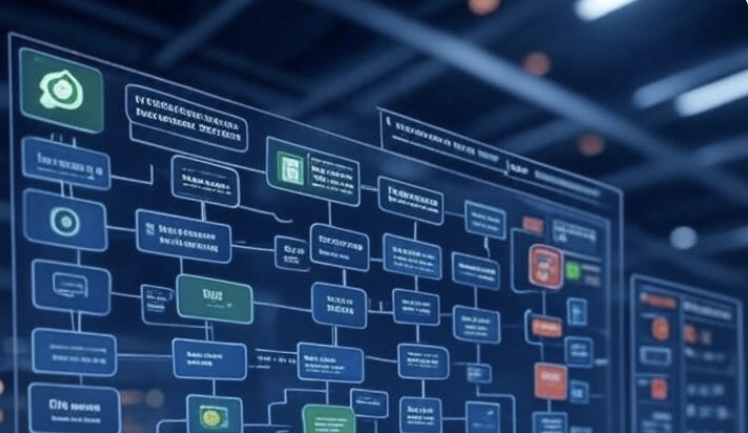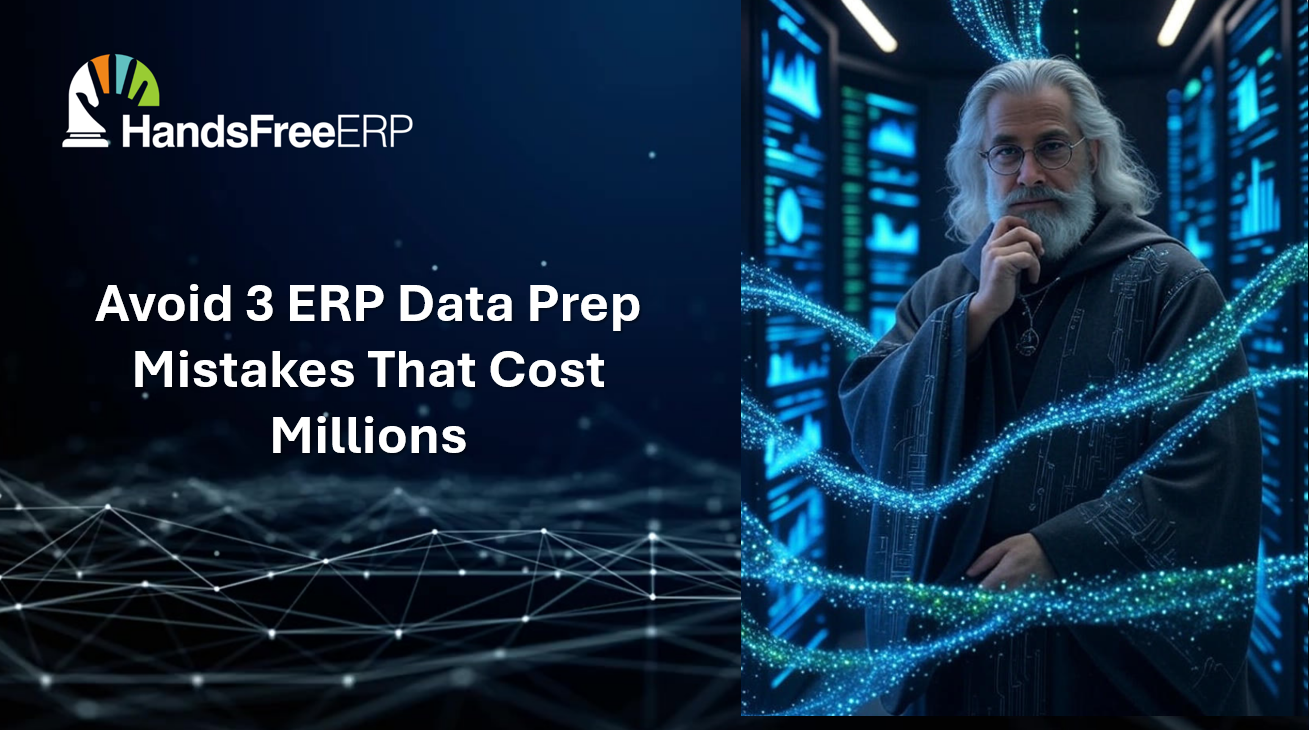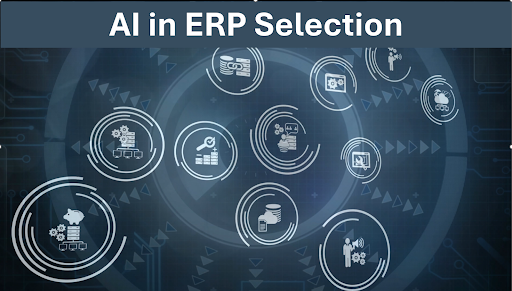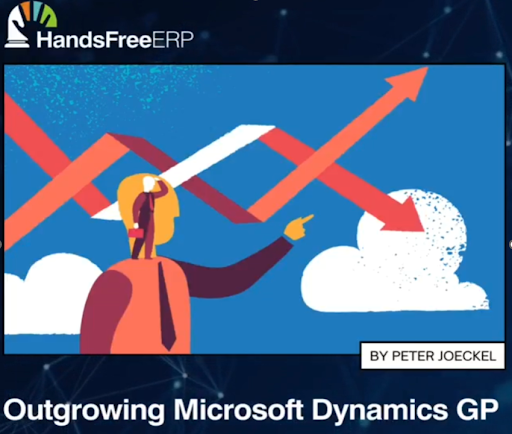HandsFree ERP Named CIO Review’s Top ERP Solutions Provider of 2025

CIO Review has recognized HandsFree ERP as the Top Enterprise Resource Planning Solutions Provider of 2025, spotlighting the company’s transformative approach to ERP selection and implementation. Unlike traditional ERP consultants tied to specific vendors, HandsFree ERP offers unbiased, data-driven guidance, helping businesses confidently navigate the complexities of ERP adoption. Led by industry experts Peter Joeckel and Kati Hvidtfeldt, HandsFree ERP leverages its Discover platform to streamline ERP selection, eliminate hidden risks, and reduce implementation timelines. With a proven track record of success across nearly 100 projects, HandsFree ERP’s innovative framework sets a new industry standard for ERP success, ensuring businesses make informed, strategic technology investments.

Why CIO Review Chose HandsFree ERP as the Top ERP Solutions Provider of 2025
In the ever-evolving world of enterprise technology, selecting and implementing the right ERP system can be daunting. Many businesses struggle with complex selection processes, hidden costs, and unforeseen implementation challenges that derail projects before they get off the ground. That’s where HandsFree ERP comes in.
Recognized by CIO Review as the ‘Top Enterprise Resource Planning Solutions Provider of 2025’, HandsFree ERP stands out as a game-changer in the industry, earning a well-deserved place on the cover of CIO Review’s latest issue. But what exactly makes HandsFree ERP the best ERP story of the year?
A Unique, Unbiased Approach to ERP Success
Unlike traditional ERP consultants often tied to specific software vendors, HandsFree ERP operates independently, ensuring businesses receive objective, data-driven guidance when selecting an ERP solution. Under the leadership of industry expert Peter Joeckel, HandsFree ERP simplifies the ERP selection and implementation process by helping businesses avoid common pitfalls, such as unrealistic proposals and costly change orders.
Their GYDE365 platform is a key differentiator, offering a structured and transparent approach to ERP selection. Businesses can confidently compare solutions, estimate realistic timelines, and make informed decisions using a data-backed methodology, eliminating the guesswork and hidden risks that often plague ERP implementations.
Proven Results That Speak for Themselves
HandsFree ERP’s framework has been proven across nearly 100 projects, significantly reducing implementation timelines and cutting requirements-gathering efforts by up to 90%. Their commitment to guiding organizations through every step of their ERP journey, from requirements gathering to post-implementation training, has earned them an exceptional reputation and deep trust from customers and industry peers.
Setting a New Standard for ERP Success
The award from CIO Review is a testament to HandsFree ERP’s dedication to transforming the ERP industry. By prioritizing transparency, objectivity, and real-world results, they are helping individual businesses succeed and reshaping how ERP projects are approached industry wide.
As businesses continue to navigate the complexities of digital transformation, HandsFree ERP provides a clear path forward, ensuring organizations can confidently and clearly make more innovative ERP investments.
To start your ERP project on the right footing, visit HandsFree ERP.
HandsFree ERP is dedicated to supporting clients with their ERP initiatives, enabling companies to seamlessly connect users with their ERP partners. By utilizing skilled professionals, streamlined processes, and cutting-edge tools, HandsFree ERP significantly boosts the success rates of ERP projects.

